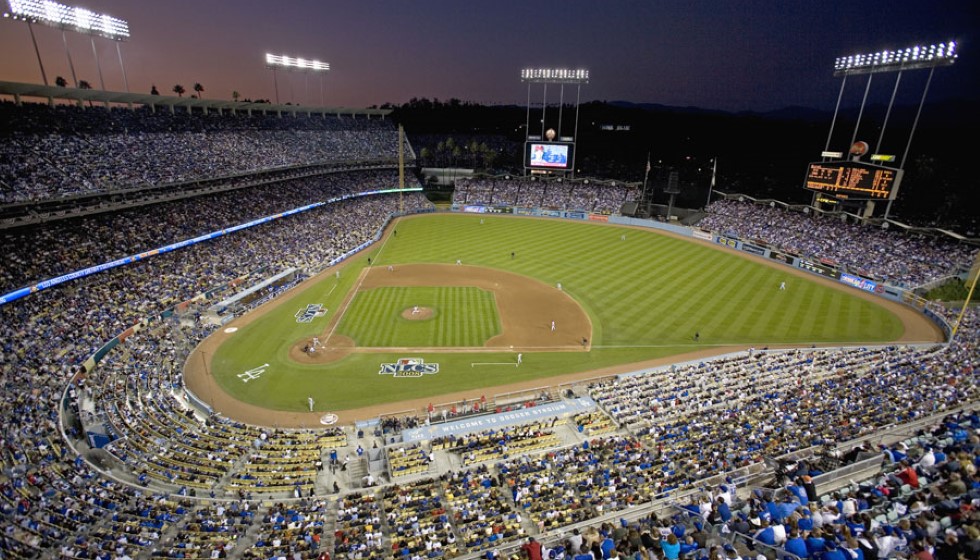
A staggering 34.2% of MLB pitchers have undergone Tommy John surgery, a procedure that reconstructs the ulnar collateral ligament in the arm. At the season's onset, pitchers represented 80% of the players on the injured list, pointing to a disproportionate impact on those who take the mound.
Experts and stakeholders within the baseball community attribute this surge in injuries to a combination of factors, including but not limited to the recent implementation of a pitch clock, designed to speed up the game. While intended to enhance the pace of play, it may inadvertently place extra strain on pitchers, pushing them to rush their routines and potentially compromise their physical health.
Velocity, Spin Rates, and Foreign Substances
The quest for increased pitching velocity and enhanced spin rates has also been highlighted as a contributing factor. These advancements, though beneficial for performance, exert additional stress on pitchers' arms. In an effort to address this, MLB cracked down on the use of foreign substances. Such materials, used by pitchers to improve their grip on the ball, were banned, a move that some believe has led to an increase in injuries. Players, it seems, are caught in a bind, with higher performance expectations on one side and restrictions on the methods to safely meet those expectations on the other.
This crackdown has not been well received, with many players expressing frustration. The sentiment is that the removal of these substances, without providing suitable alternatives, has left pitchers vulnerable. They argue that the grip aids were not just about performance but also about safety, helping to prevent the ball from slipping and reducing the risk of injury.
The Role of Early Specialization
Another contributing factor is the trend of early specialization in youth baseball, where young athletes focus on pitching from a very young age. Such specialization can lead to early wear and tear, increasing the risk of injuries as players progress through their careers. This, combined with concerns about the health impacts of reduced recovery time between games and seasons, paints a complex picture of the challenges facing today’s pitchers.
The league's stance, or lack thereof, on these issues has also been a point of contention. According to player quotes, there is a perception that MLB has yet to fully acknowledge or study the effects of these significant changes on player health. The frustration is palpable, with one player unequivocally stating, "I truly believe 100% that's why I got hurt. I'm frustrated MLB doesn't understand. You can't just tell us to use nothing. It's crazy."
Conclusion
The culmination of these factors has led to a precarious situation for pitchers in the MLB. While the league seeks to modernize and improve the game, it's essential to balance such goals with the health and safety of the players. The current trend of injuries among pitchers is a glaring indicator that something fundamental has to adjust. Whether it's reevaluating the pitch clock, reconsidering the ban on foreign substances, or addressing the root causes of early specialization and its impact on player health, actions must be taken. Baseball is, after all, a beloved national pastime, and its most valuable assets — the players — need to be protected.
The conversation around these issues is crucial as it shines a light on the need for a more holistic approach to player health and performance in MLB. It prompts a rethinking of strategies, not just from the league but from coaching, training, and player preparation perspectives. The hope is that by addressing these concerns, baseball can find a balance between the demands of the modern game and the well-being of those who play it.